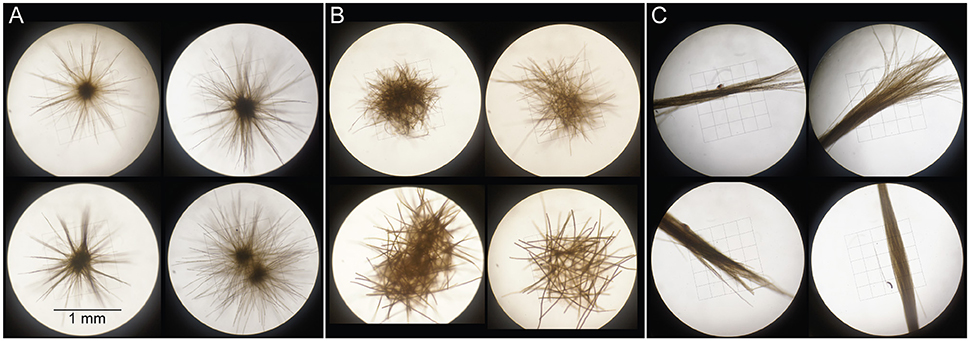How an ocean-fertilising bacterium forms aggregates
Trichodesmium, a common and ecologically important bacterium, fertilises nutrient-poor regions of the oceans and thereby enables higher life. Crucial to its success is its ability to form aggregates in order to react quickly to changes in its environment. ETH Zurich researchers have shown how the microbes organise themselves in this process.
In brief
- Trichodesmium is a nitrogen-fixing bacterium in the ocean that can form aggregates of thousands of individuals.
- These aggregates respond to environmental stimuli by changing their shape, presumably to gain optimal access to light and nutrients.
- ETH Zurich researcher explain for the first time how individuals form and reshape organised aggregates without central control.
- Because these bacteria supply vast areas of the ocean with nitrogen and promote algae growth, they are significant not only ecologically, but also for our climate.
